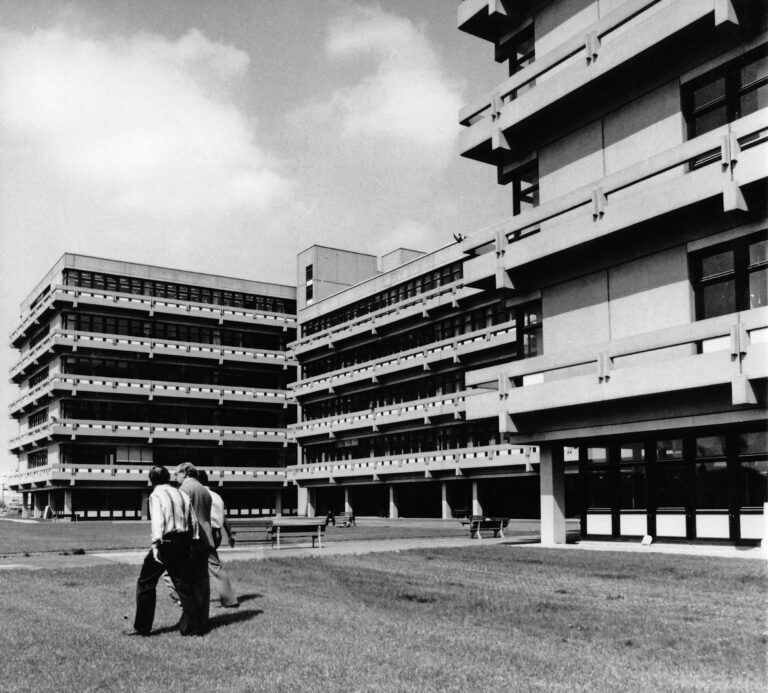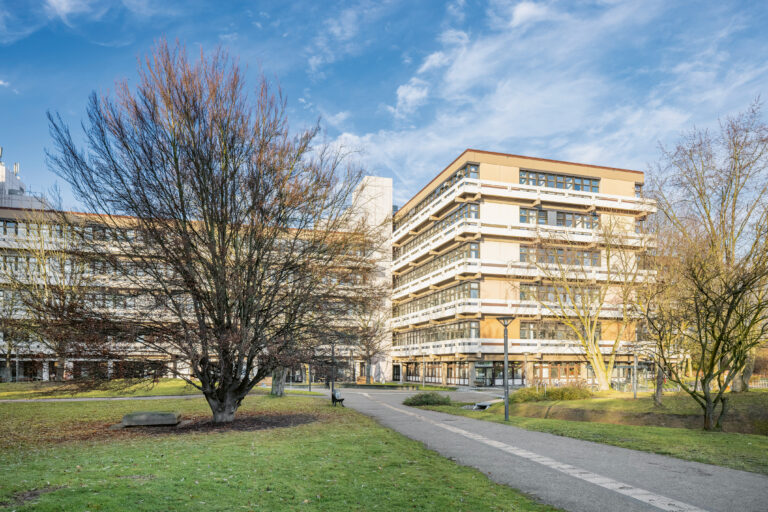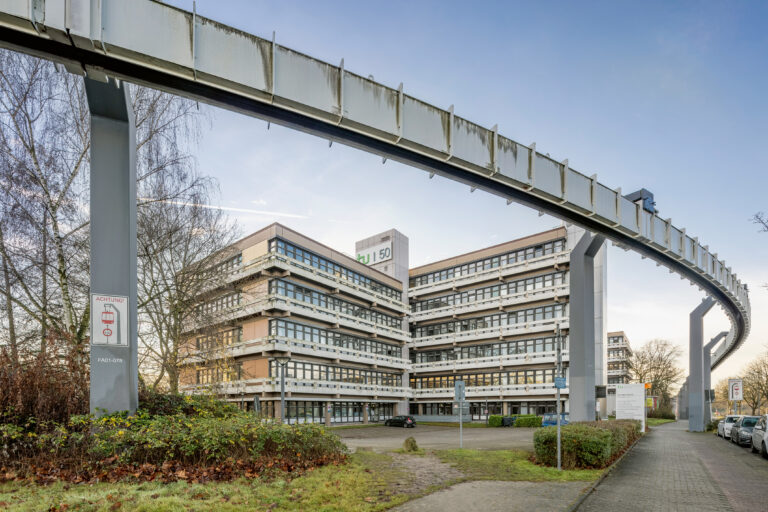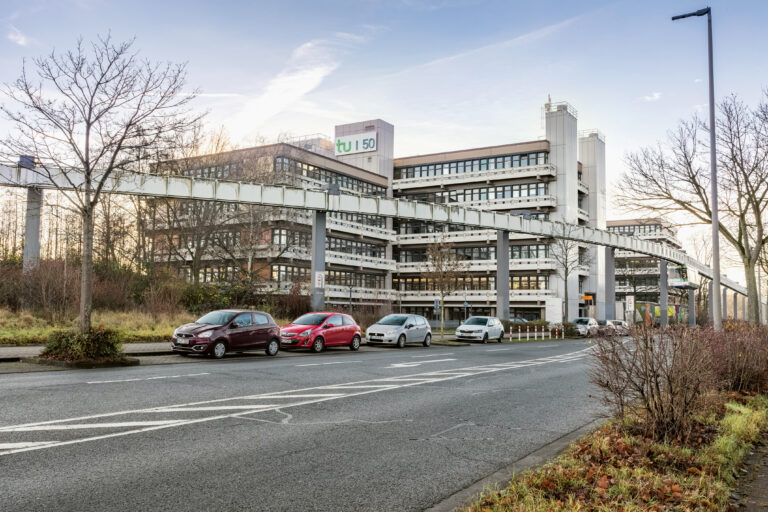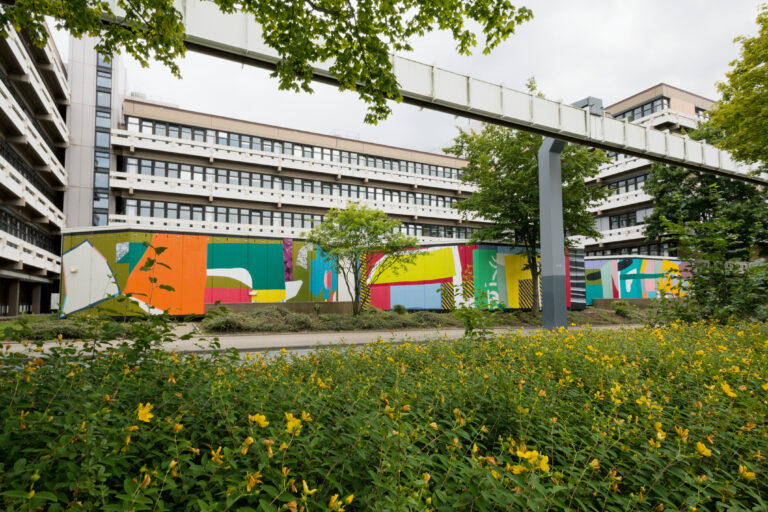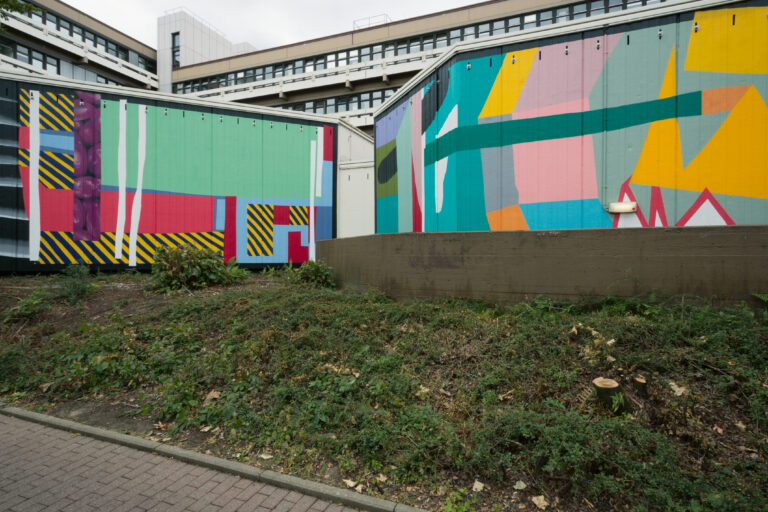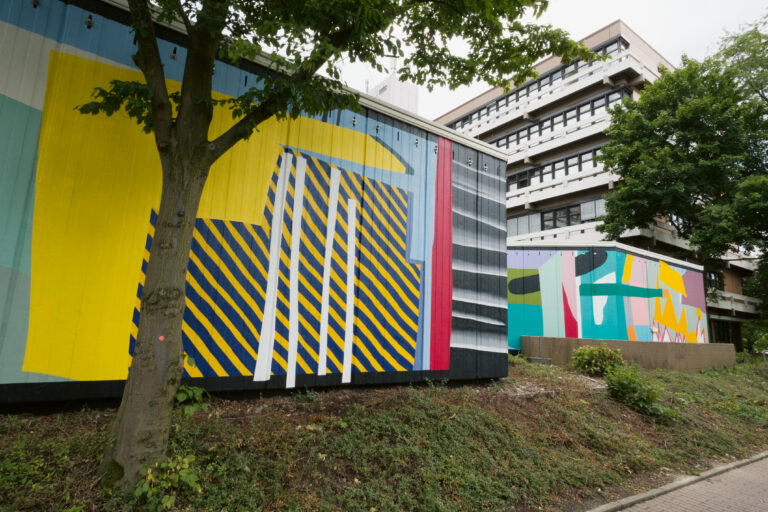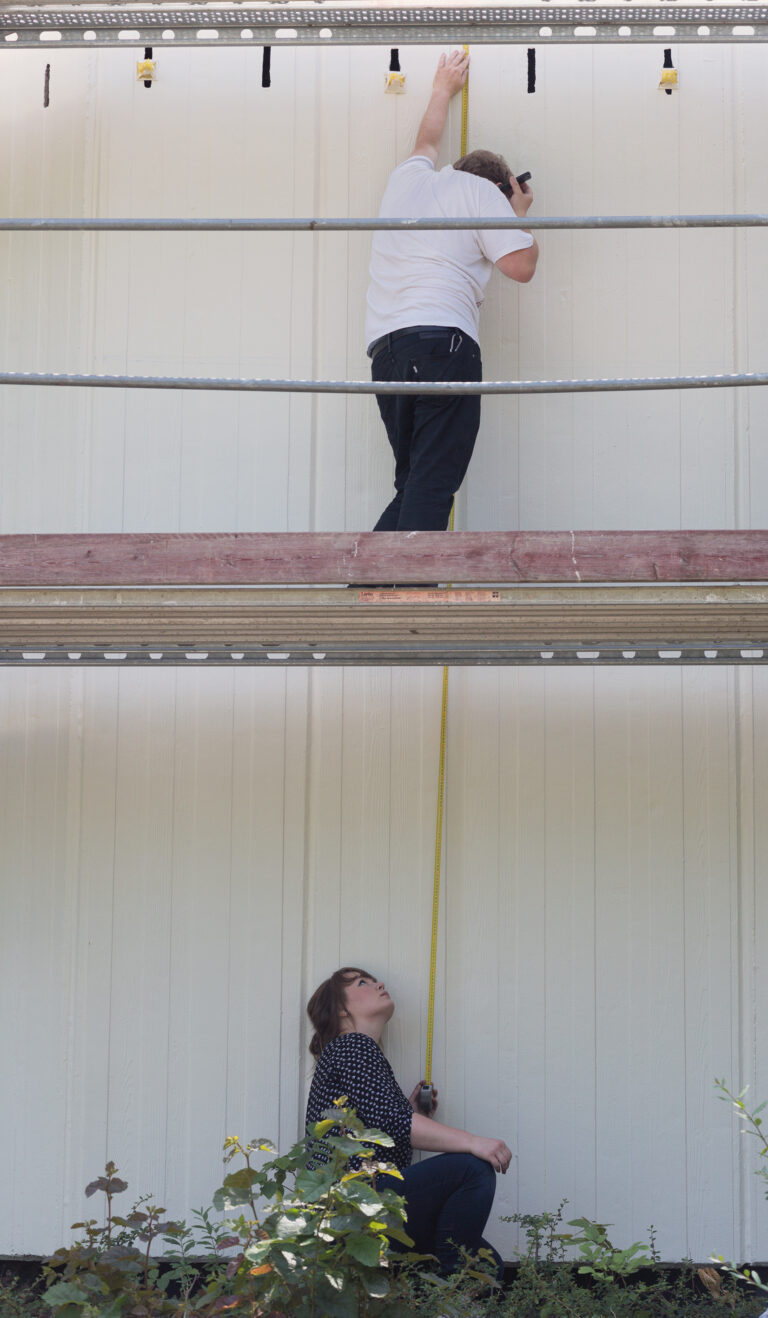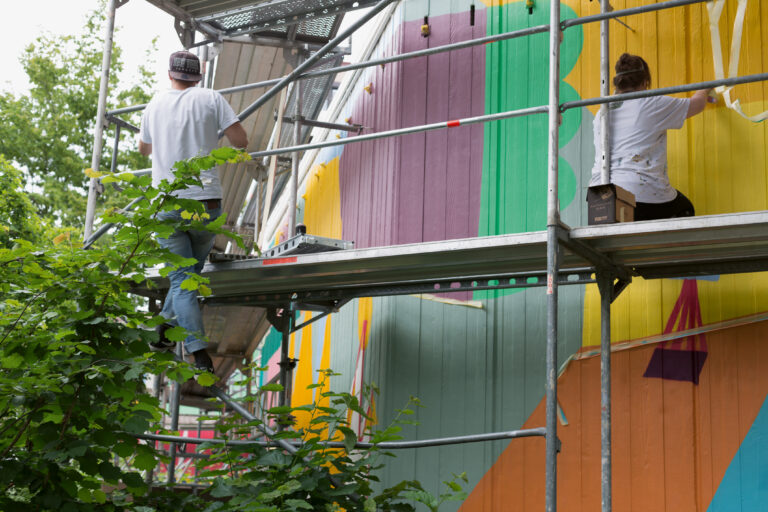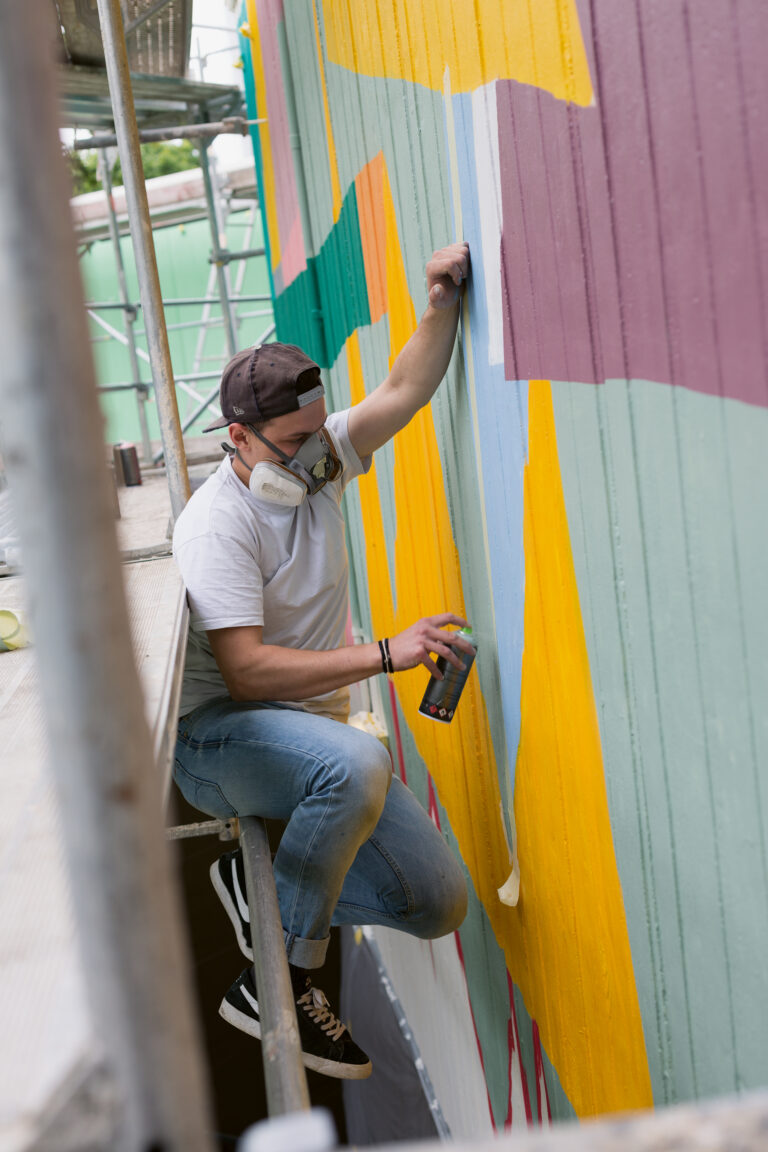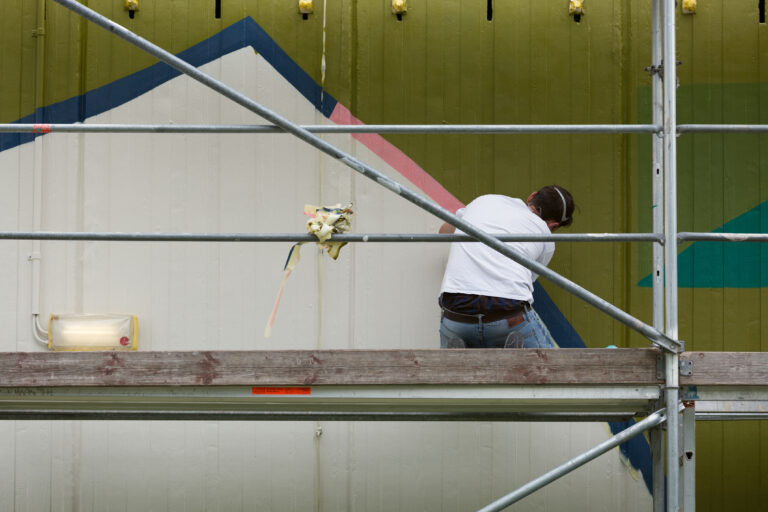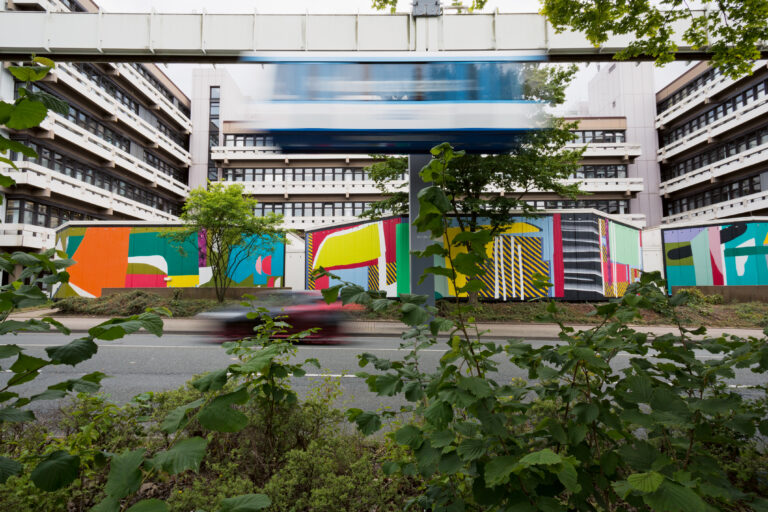Half a century later EF 50, a place in transition
Barbara WelzelIt was above all the cities of the second half of the 20th century, especially with their novel localities and buildings, that prompted new theoretical descriptions of spaces and places. The cities that integrated historical buildings, monuments and roads into their modern present contrasted with experiences at airports or in railway station halls, transit spaces, in hotels of large chains, etc., which formed different spaces and demanded novel descriptions. And we are all familiar with them: the same plastic studs on the floor coverings, the spaces and endless corridors at airports, their wayfinding systems leading to the gates, luggage reclaim, exit, waiting halls, etc., irrespective of the continent. But also motorways, motorway junctions, entry and exit ramps, underground and suburban railway stations, subterranean platforms, etc.
Non-places
In 1992, Marc Augé coined the now classic term of ‘non-places’ for these spaces, nonlieux as they are called in the original French. “Just as a place is characterised by identity, relation and history, a space that has no identity and cannot be described as either relational or historical is defined as a non-place.” In everyday perception, even large buildings are often perceived and evaluated as non-places, especially when they visibly display a material such as concrete. Described are places that are frequented by many people without them entering into a personal relationship.
Such non-places always arise anew, also in intermediate spaces, in passages, at the back. But places change in the course of time: new streets, new routing, changes in mobility and structural densification shift the spotlight to places previously located on the margins, at the back or beside traffic routes and bring them into increased use. And finally, these places have themselves become historical in the meantime, part of history – in the Ruhr region often integrated into the reconfiguration of the cities after the Second World War and into structural change. They have become the settings for memories – and thus also interwoven with personal relationships. In these ambivalent coordinates, numerous debates are taking place about large buildings, including educational buildings, for example, and often even about post-war modernism as a whole.
Campus ensemble
When the university building at Emil-Figge-Strasse 50 in Dortmund was constructed, it was built on the proverbial greenfield site. The university was located outside the city centre, but also outside existing district centres, surrounded by fields. With a grand entrance hall and a forecourt, a reception situation was finally created to the south, facing the suburban railway (S-Bahn) station. Here, bit by bit, a campus ensemble has been fashioned with the university library, the neighbouring University of Applied Sciences, the bridge to the refectory, the refectory itself, the elevated railway (H-Bahn) station and other buildings, a place with definable functions and meeting spaces, with identity and relations.
Anyone who wanted to come by car came up the hill, past the Margarethenkapelle in Barop, one of the many medieval churches in villages within Dortmund’s city limits, through fields that determined the colours of the trip depending on the season: the brown of ploughed fields in winter, the green of cereals punctuated by poppies and cornflowers, or the garish yellow of rapeseed. From the north, the building revealed itself from its non-place-like rear. It turns away from the road, which is conceived solely as a traffic route of the car-oriented city and not as a public and urban space. The projecting lecture halls do not form an architectural showcase, and the access routes are intended mainly for circulation; the doors lead from the rear to corridors and staircases and are not conceived as entrances with a link to the entrance hall.
Second access side
Further buildings have long since been added to this stretch of road, the buildings of the University of Applied Sciences and recently the HVDC test centre. The Dortmund Technology Centre and the Internationales Begegnungszentrum (IBZ = International Meeting Centre) of TU Dortmund (#IBZ of TU Dortmund) are also located on Emil-Figge-Strasse. For a few years now (since 2009) there has been a dedicated motorway exit “Dortmund-Barop”, which has made Emil-Figge-Strasse a central access route to TU Dortmund. For a long time now, there have been large car parks opposite the building on the other side of the road. The northern rear of a south-facing building has effectively become a second access side.
Slowly now, the place is beginning to respond to this changed situation. The signs have been reconfigured; in 2018, not only was the wordmark of the university anniversary affixed to the building with the lettering “tu | 50”, but the institution’s name and house number now also welcome those arriving via the increasingly important traffic routes in the north.
MURAL EF50
The outer walls of the large lecture halls, which are accessed from the foyer of the building with its vestibule on architectural principles, continued to have the ambiance of a non-place, however, with the strips of greenery at the front along the footway under the elevated railway. The anniversary year 2018 provided a welcome opportunity to take a look at these walls and transform them with the aid of a mural project. Under Tillmann Damrau’s artistic direction, Steffen Mischke, Florian Moritz, Katja Mudraya and Ulvis Müller produced the mural MURAL EF50. It was no easy task to master the design of the multi-part wall surface, for which no viewing position can be identified. The result is a sequence of images that reveals itself as a whole to the moving viewer – and not from a series of changing but fixed viewpoints. A picture showing this work together with the passing elevated train therefore seems particularly apt.
MURAL EF50 reinforces the ambiguity of the place; it becomes obvious that there are other entrances to TU Dortmund besides the main entrance, which are now waiting their turn for development: on this campus can be found not only places, lieux, and non-places, but also places in transition.
The present text was first published in: Hans-Jürgen Lechtreck, Wolfgang Sonne, Barbara Welzel (ed.): Bildung@Stadt_Bauten_Ruhr, Dortmund 2022, pp. 200–213.
